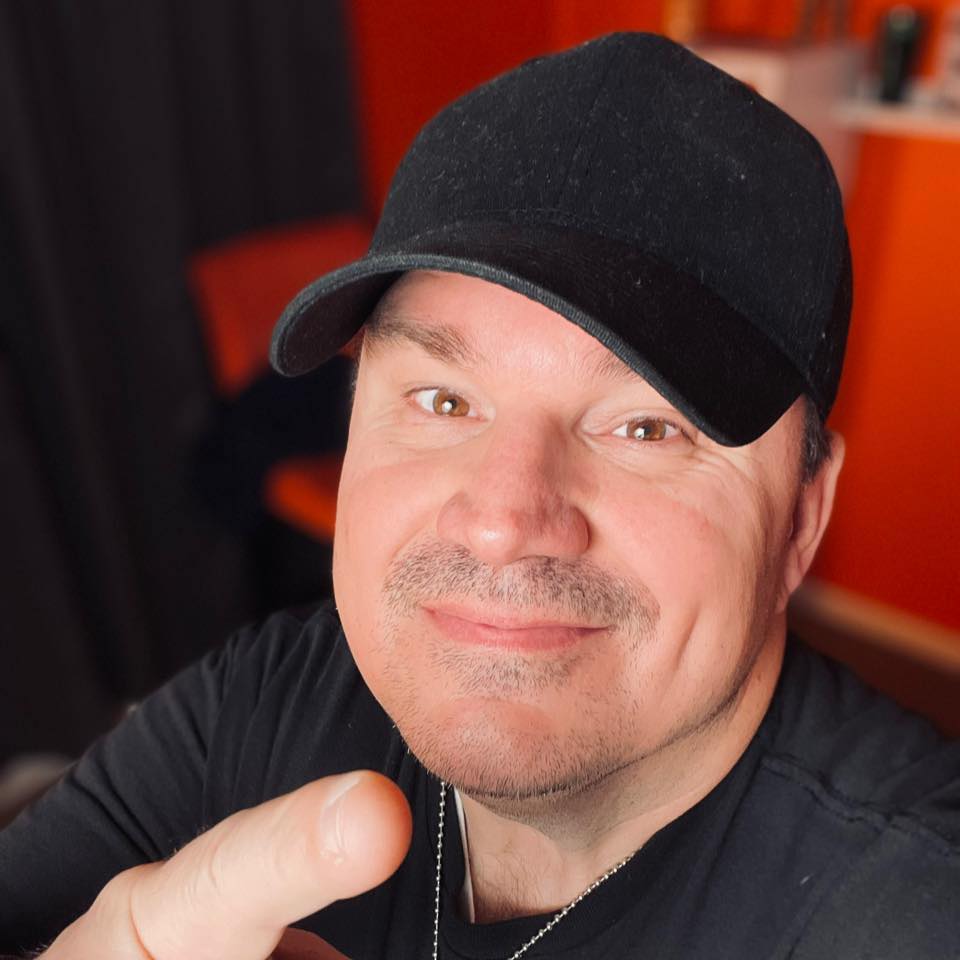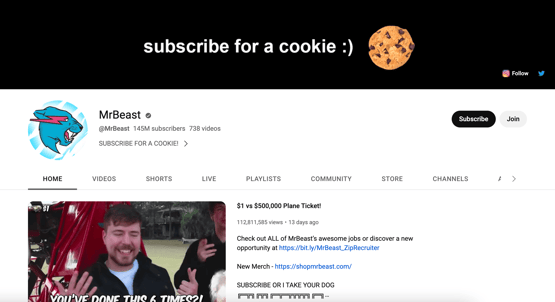5 min read
Content-first B2B marketing department, feat. Joe Pulizzi
 George B. Thomas
Apr 14, 2023 5:33:20 PM
George B. Thomas
Apr 14, 2023 5:33:20 PM
Rather listen to this post?
If you're reading this, you're likely bought in on the power of content. You know you need to create content to get those traffic, leads, and sales wins you're looking for. You know "getting content right" as part of your B2B marketing plan means you need to invest with content and lead with content.
Most of all, you know you need to set the conditions for content not to be the thing that always causes pain. Always requires you to reinvent the wheel. Always prompting nagging voices in your head, questioning whether or not content is worth all the effort.
If any of you out there are thinking to yourself right now, "Yikes, way to call me out George," I am here to tell you you're not alone in feeling the way you do. On top of that, I have a gift for you.
That's right, I'm here with presents. If you're a B2B company who is ready to do the work to lead with content, but you're lacking the blueprint, you absolutely have to listen to my exclusive Marketing Smarts conversation with the one and only Joe Pulizzi about running a content-first B2B marketing department.
To get the juices flowing, here are a few of my favorite takeaways from our chat.
1. Consistency is mandatory
"Consistency is key.” We’ve all heard it a million times. But there’s a reason for that.
If you’re committed to content, you have to go all in. Consistency isn’t optional. You can’t publish 27 pieces of content one week, and then not publish another piece for 27 days. If you want to build out a content engine that actually succeeds (we’ll get to how you define success in a bit), you must establish a cadence and stick to it. 🗓️
🔎 Related: You need to write (and market) like a human to get results
Trust me, I know I'm not exactly pointing out anything new here. But the truth of the matter is consistency does matter, and it does move the needle. That being said, showing up consistently isn’t enough anymore.
2. You need to show up and be interesting
Everyone can “show up.” You can hire a freelancer to publish for you on a weekly basis. You can automate a newsletter. You can have AI write up your social content. You can be as consistent as physically possible….
But if you’re not interesting, no one is going to pay attention.
What you’re saying and how you’re saying it matters – and it matters a great deal. You have to be intentional about the content that you’re putting out.
Does it engage the audience you’re reaching out to? Does it make them think? Does it answer their questions? Does it solve their problems? Yes? Great. Now, is it unique? Or are they going to read the same thing everywhere else on the internet?
🔎 Related: What does great content actually look like? (HubHeroes podcast)
Your content has to be interesting. Find a way to stand out from the crowd. Find a way to be more interesting than your competition.
Once you you combine consistency with being interesting, Joe points out that's where the magic starts to happen:
"This is not rocket science. What's your thing? Is it a podcast? Okay. You're going to deliver that podcast at the same time on the same day of the week, forever. You might change things, you might get data, you might tweak things. You might decide that your e-newsletter is better sent at 3:00 PM Eastern Time than at 8:00.
Those are little things that we tweak based on the data we get, but we are delivering on a consistent basis over a long period of time, learning what we can. When we do, we are interesting."
3. Simplify your distribution
Joe also shared a mind-blowing statistic with me. The average B2B enterprise creates and distributes content on 13 to 16 platforms. 🤯 I think I speak for all of us when I say, whew. That's a lot.
On top of that, he says this model creates a lot of mediocrity. If you’re spread that thin, you’re probably not publishing epic content on any of those platforms. Seriously take a minute here and ask yourself, if you’re publishing the same piece of content on even four or five platforms, is it optimized for any of them? Probably not.
We need to take a giant step back and assess where we actually need to be spending our time. Where are the people we’re trying to reach spending their time? And which platforms are they using when their mindset is right?
🔎 Related: Who are your buyer personas really? (HubHeroes podcast)
Just because your VP of Human Resources persona is spending three hours on TikTok before bed each night, doesn’t mean she’s ready to think about signing up for a trial of your payroll software. You really need to think through when and how your personas are using these platforms and decide which ones you’re fully committed to using.
Once you’ve narrowed it down, start thinking about how you can be intentional with the consistent content that you’re publishing. What do you need to do to optimize a piece of content for each of those platforms? You’ve got to hone in and focus. Really give each platform that deserves attention the attention that it deserves.
4. Don't quit now, you're closer than you think
Why do content marketing programs fail? Joe has the answer. Because someone decided to stop putting in the work. 🫳🎤
For example, did you know that the now-famous Mr. Beast only had 30,000 subscribers on YouTube in 2016? But in 2017 he hit a million. Today?
More than 14.5 million. Pretty impressive growth, right? That didn’t happen overnight. It took four or five years of consistency to get there. Mr. Beast started creating content in 2012 when he was at the ripe old age of thirteen. Can you imagine if in 2015 he said “Enough is enough, it’s been three years. I quit,” and threw in the towel?
🔎 Related: How to set big goals you'll actually keep (HubHeroes podcast)
It takes time to “succeed” in the content world. There are millions of people creating content every day. Consumers are consuming more content than ever before. Of course, it’s going to take time to build momentum.
Yes, it’s important to look at the data and tweak your approach. If something’s not working, we do need to adjust. But we don’t need to quit.
5. Be epic in your promotion
While Kevin Costner made the "If you build it, they will come" approach look so easy in Field of Dreams, that's not the way it works with content.
 Sorry, everybody. They're here for baseball, not content.
Sorry, everybody. They're here for baseball, not content.
Even if it doesn't look like it from the outside, the most prolific content machines out there still have to promote their content.
Promoting your content is bringing awareness to its existence. If all you’re doing is publishing your latest blog post to your website and calling it a day, you can’t be surprised when your metrics aren’t what you’d hoped for.
🔎 Related: How to report on content marketing ROI (HubHeroes podcast)
You need to have a strong (consistent, simplified, and intentional) distribution plan in place. This goes right back to optimizing your content for each platform you’re publishing on. The more optimized your content is, the better it’s going to perform.
Paid promotion does play a role here too, but it’s not required. Just like with organic content, you want to be strategic about what you’re paying to promote. Beyond strategy, you’ve got to make these promotional pieces of content epic. Catch that attention. Leave an impression. Drive the conversion.
I am not kidding when I say this is only the beginning of the epic content goodness from my conversation with Joe. Listen to the entire Marketing Smarts episode.





